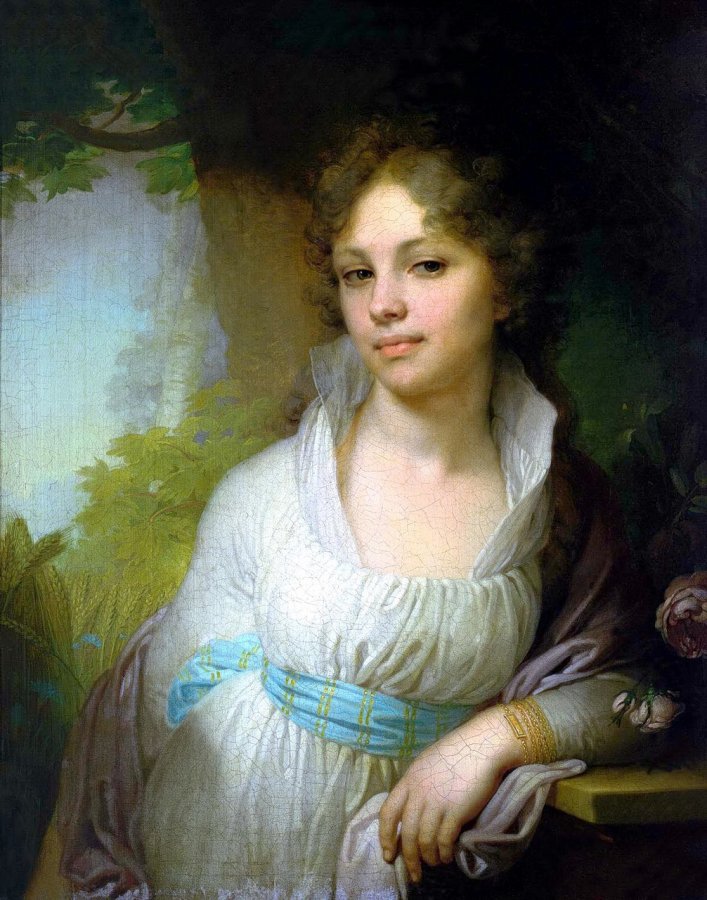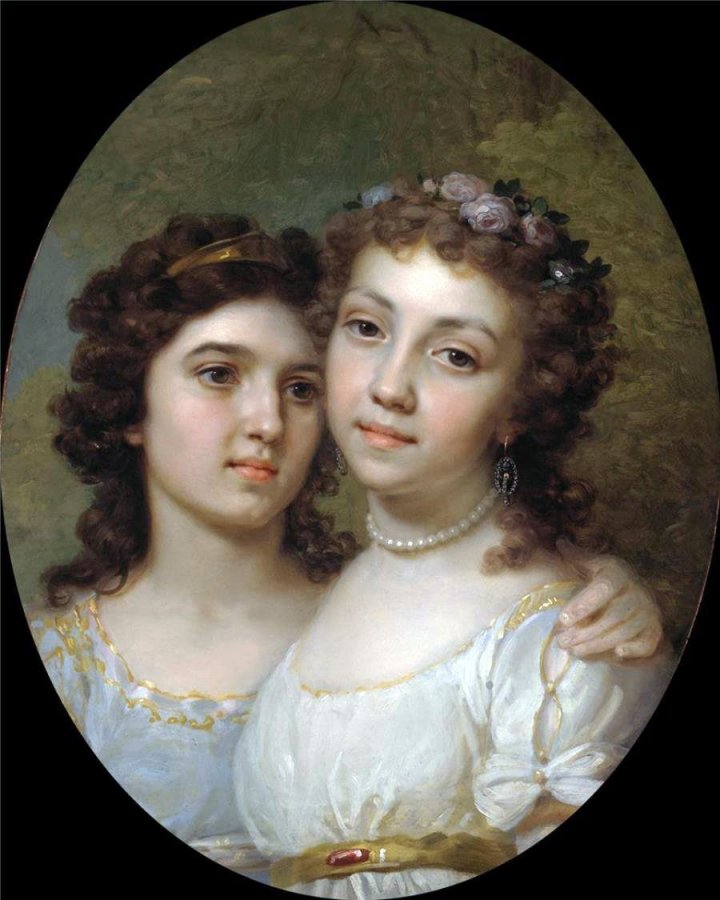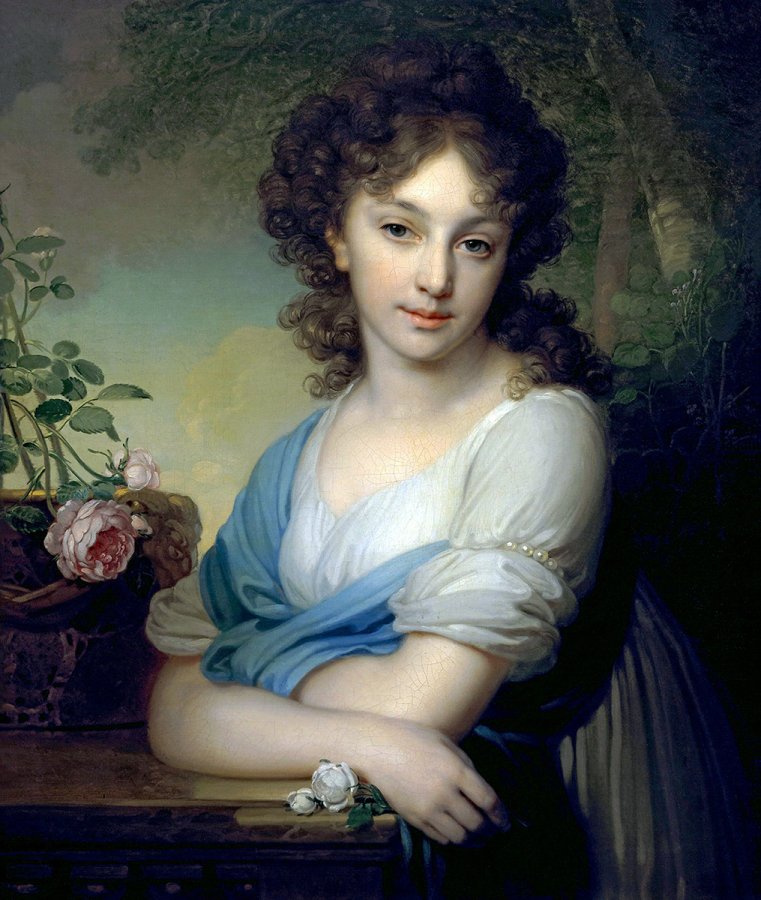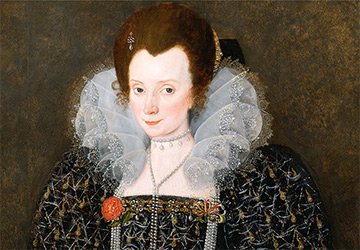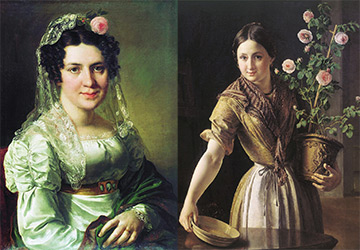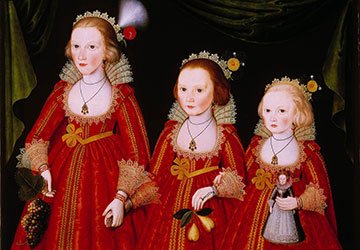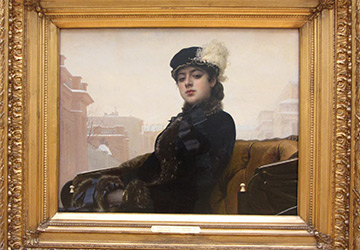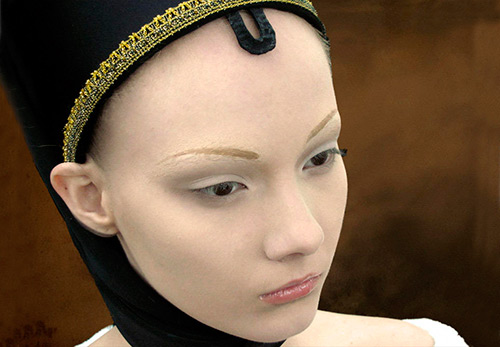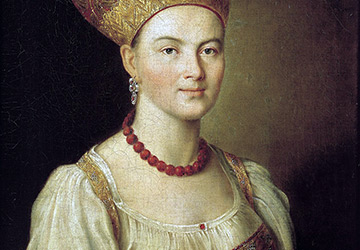Female images in the portraits of the artist Borovikovsky
More than two centuries have passed since the portrait of M.I. Lopukhina. Generations, artistic styles and tastes have changed, but the portrait created by V. Borovikovsky still remains attractive and mysterious.
Hurry to the Tretyakov Gallery, and you will stand for a long time near this masterpiece of painting. The portrait attracts the girl's brown eyes with a gaze, directed somewhere, most likely in herself. There is sadness and disappointment in him, she is thoughtful, her thoughts seem to be turned into a distant, but she already knows, a pipe dream. She tries to smile, but fails. The girl's clear face, delicate porcelain skin, smooth grace of posture and all external well-being cannot hide from such a brilliant artist as Borovikovsky, a deep inner sadness.
And Vladimir Lukich knew how to feel someone else's mood and character, especially in such a young person (MI Lopukhina turned 18 at that time). Maria Ivanovna was the daughter of Count Ivan Andreevich Tolstoy, Major General of the Semenovsky Regiment, the leader of the Khologriv nobility and Anna Fedorovna Maikova.
Mashenka married the jaegermeister S.A. Lopukhina, and as they said, was unhappy in marriage, there was no emotional unity with her husband. There were no children in the family either, and six years after marriage, she died of consumption, a very common disease of that time. They buried Maria Ivanovna in the Lopukhins' ancestral tomb, in the Andronnikovsky Monastery in Moscow, which is now the Andrei Rublev Museum of Old Russian Art.
It has long passed - and those eyes are gone
And there is no smile that they silently expressed
Suffering is a shadow of love, and thoughts are a shadow of sadness ...
But Borovikovsky saved her beauty.
The portrait has the charm of youth, the charm of femininity, but it also contains the complexity of the conflicting feelings of the girl who posed for him. Borovikovsky painted the portrait the way his model felt. It is as if the radiance of purity emanates from the girl. The white dress with a delicate gray-blue tint resembles a Greek chiton. A dark blue belt that embraces a slender girlish body, an airy haze softening clear lines - the whole palette creates tenderness and airiness, emphasizing the charm of youth.
In the portrait, one can easily feel the silence and coolness of the park, and it also seems that the model's movements on this day were smooth and even a little slowed down. The image came out not incorporeal, but also not fleshly, the idea of sublimity is felt in it. Did Borovikovsky paint the Mashenka that he saw and felt, or did he tell the portrait something of his own feelings? Perhaps the artist saw in front of him the beautiful ideal of a woman of his soul, and brought him closer to the model, it's hard to say.
Lopukhina is depicted against the background of the Russian national landscape, of course there is a lot of conventional and decorative - ears of rye, cornflowers, birch trunks, drooping rosebuds. The inclined spikelets echo the smooth bend of Lopukhina's figure, the blue cornflowers - with a silk belt, white birches are softly reflected in the dress, and the state of mind - with drooping rosebuds. Maybe a wilting rose next to a beautiful image of a girl, the artist makes us think about the frailty and beauty, and life.
The whole world of nature, as a part of the girl's soul, the merging of the contours, the palette of nature and the female image creates a single harmonious image. This portrait was admired by the artist's contemporaries, and then by the descendants of subsequent generations. Precisely because we, with some inner confusion of the soul, stand for a long time and silently, admiring the image of a girl, we can say that we are standing in front of a great work of art.
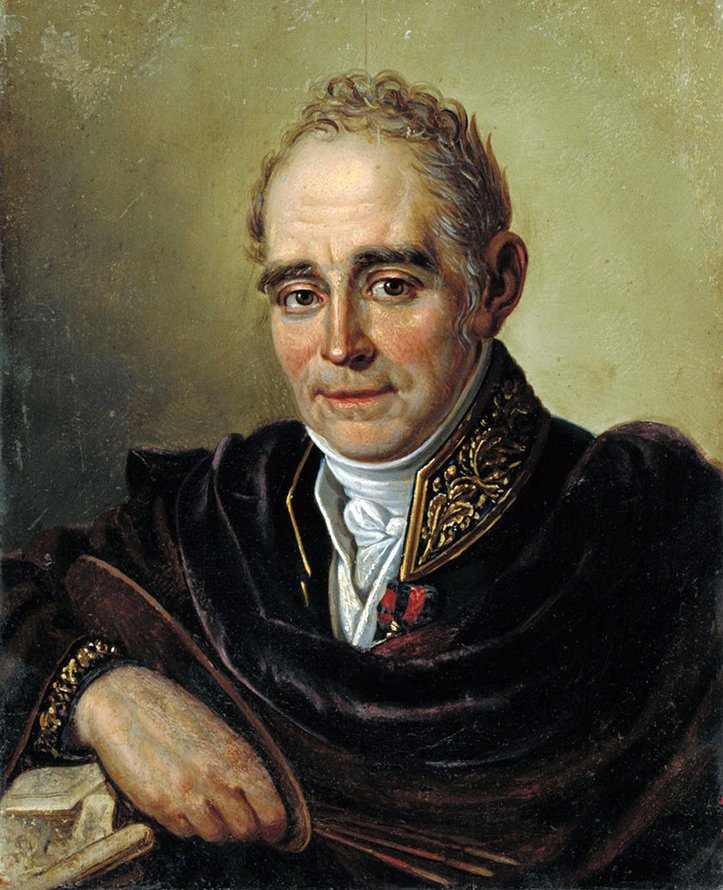
Borovikovsky, Vladimir Lukich
V.L.Borovikovsky in Russian art of the 18th century was one of the brilliant artists. In December 1788, he arrived in St. Petersburg from Mirgorod. This, like all those who came at that time, was reported to Catherine herself, who was extremely worried about the impending revolution in France, and besides, she often recalled the Pugachev revolt that frightened her so much.
But before coming, Borovikovsky was only a capable icon painter, and he worked like his father - he painted icons. Occasionally, the citizens of Mirgorod ordered him to paint their portraits, decorating their houses with their own images. It was for this occupation that the poet V.V. Kapnist, leader of the Kiev nobility.
Vladimir Lukich was involved in the design of the building for the reception of the Empress during her southern journey. When he perfectly coped with an unusual topic for him, in which he had to paint huge panels with an allegorical plot to glorify the empress, V.V. Kapnist and his brother-in-law N.A. Lvov was offered to go to the capital in order to improve in art.
Here he was lucky enough to be a student of Levitsky himself, but only for a few months. Then he received several lessons in painting from the portraitist Lampi, who came from Vienna at the invitation of Potemkin. Apparently, the foreign artist was able to see the talent of a painter in the young Borovikovsky, since he later did a lot for the official recognition of his student.
Lumpy painted portraits, giving his models an external shine, not caring about the transfer of character in the portrait, because he knew that it was often best to hide it, and the models themselves would be happy if their greed or cruelty, vanity or aggressiveness was not noticed.
V. Borovikovsky in 1795 received the title of academician, in 1802 he became an advisor to the Academy, and without studying there. And all because at the time of his youth and even maturity, the Academy was accepted only in childhood. Only in 1798 did adult students gain access to the Academy, for whom, thanks to the insistence of the architect Bazhenov, free drawing classes were opened.
One after another, portraits came out from under Borovikovsky's brush. And in each of them a human soul is visible. Among them are many portraits of men, including those of Emperor Paul. All of them are complex and contradictory in nature, as well as the models themselves. In female portraits, there are more lyrics, charm, tenderness. In these portraits, the artist managed to harmoniously combine a person, or rather his soul, with nature. The artist filled the images of his models with depth of feelings and extraordinary poetry.
But over the years, the artist felt that it was becoming more and more difficult for him to write. V. Borovikovsky, religious and by nature timid and withdrawn, at the end of his life returns to what he started with - to religious painting and icon painting.
For two decades, the artist painted a great many court portraits, but he remained a "small" and lonely person, not having mastered either the appearance or habits of a court artist. In the late 1810s, one of his students painted a portrait of Borovikovsky, in which, like his teacher, he managed to look into the soul. The portrait depicts a man tormented by an insoluble riddle that oppressed and oppresses him all his life ...
Shortly before his death, he worked on the decoration of the church at the Smolensk cemetery in St. Petersburg, where he was later buried at the age of 67.
And the portrait of M.I. Lopukhina was kept for a long time by her niece, Praskovya Tolstoy - daughter, brother of Maria Ivanovna, Fyodor Tolstoy. For the whole family, it was a family heirloom. When Praskovya became the wife of the Moscow governor Perfiliev, Pavel Mikhailovich Tretyakov, the creator of the national art gallery and collector, saw this portrait in his house. The portrait was bought by him, and later became a true pearl of the Tretyakov Gallery.
Comments and Reviews
Add a comment
Rating news
Shades of clothing that make women look younger
What shades of hair make women younger: rules and photos
Funny wedding dresses - photos and ideas
12 most expensive down jackets for the winter
How to look 25 at 40: tips from supermodels
Beautiful schoolgirls
Anti-aging haircuts and hairstyles for women
Fashionable skirts for autumn and winter
Fashionable women's trousers for the cold season
Fashionable and stylish sandals for summer 2024
Spring-summer 2024
 Fashionable dresses and tops with thin spaghetti straps
Fashionable dresses and tops with thin spaghetti straps
 Bandana tops: how to wear stylishly and beautifully
Bandana tops: how to wear stylishly and beautifully
 How to put together the perfect men's wardrobe for the summer
How to put together the perfect men's wardrobe for the summer
 Trendy shorts for spring-summer 2024
Trendy shorts for spring-summer 2024
 Fashionable skirts for spring-summer 2024: a guide to online shopping
Fashionable skirts for spring-summer 2024: a guide to online shopping
 The most fashionable dresses spring-summer 2024: styles and colors
The most fashionable dresses spring-summer 2024: styles and colors
 Fashionable total look 2024: image ideas and trends
Fashionable total look 2024: image ideas and trends
